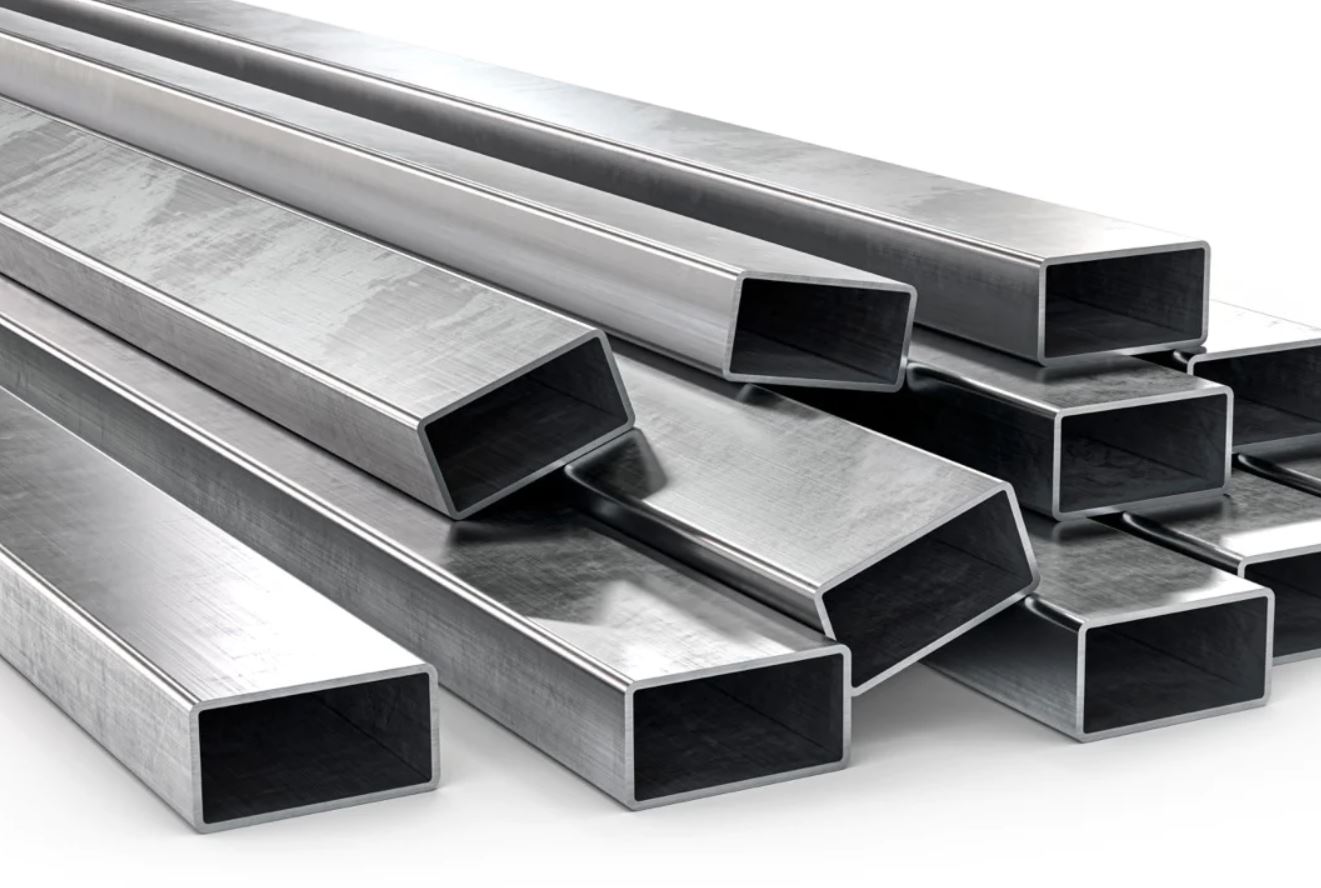
The Role of Structural Steel in Construction
The Crucial Role of Structural Steel in Construction
In the construction world, structural steel utilization has revolutionized the industry. Structural steel has become the backbone of modern architectural wonders with its remarkable strength, versatility, and cost-effectiveness. In this blog post, we will delve into structural steel’s significant role in construction projects and explore why it stands as one of the most efficient building materials available today.
Strength and Durability:
Structural steel’s exceptional strength-to-weight ratio is a game-changer in the construction industry. Its inherent properties allow for the creation of robust, load-bearing structures that can withstand immense forces. Whether it’s a towering skyscraper or a long-span bridge, structural steel provides the necessary strength and durability to ensure the structural integrity of these impressive creations. Its resistance to harsh environmental conditions, such as extreme temperatures and seismic activity, further enhances its reliability and lifespan.
Versatility and Design Flexibility:
One of the most significant advantages of structural steel lies in its versatility and design flexibility. This material can be fabricated and shaped into various structural forms, enabling architects and engineers to explore innovative and imaginative designs. Steel, complex architectural features, curved structures, and open floor plans can be easily realized. This freedom in design allows for visually striking buildings while maintaining their functionality and structural integrity. Moreover, steel’s ability to span long distances without the need for intermediate columns provides for constructing vast open spaces, facilitating efficient use of interior space.
Construction Efficiency:
Efficiency is a core attribute of structural steel, making it highly desirable in the construction industry. Prefabrication and off-site fabrication are vital factors that contribute to its efficiency. Steel components can be fabricated in controlled environments, minimizing on-site work time and reducing construction schedules. This accelerated construction process translates into significant cost savings, increased productivity, and decreased disruptions to adjacent areas.
Also, steel’s lightweight nature simplifies on-site transportation and assembly, allowing for faster construction. Its compatibility with other construction materials enables integration with concrete, glass, and wood, further enhancing construction efficiency.
Sustainable and Recyclable:
The sustainability aspect of structural steel cannot be overlooked. Steel is highly recyclable, with a recycling rate exceeding any other construction material. Steel components can be recycled and repurposed at the end of a building’s life cycle, minimizing waste and reducing environmental impact. This aspect aligns with the principles of sustainable construction and supports the industry’s commitment to reducing its carbon footprint.
The role of structural steel in construction is pivotal and far-reaching. By harnessing the power of structural steel, the boundaries of architectural design and construction are continually pushed, unlocking endless possibilities for the buildings of tomorrow.






Leave a Reply
You must be logged in to post a comment.